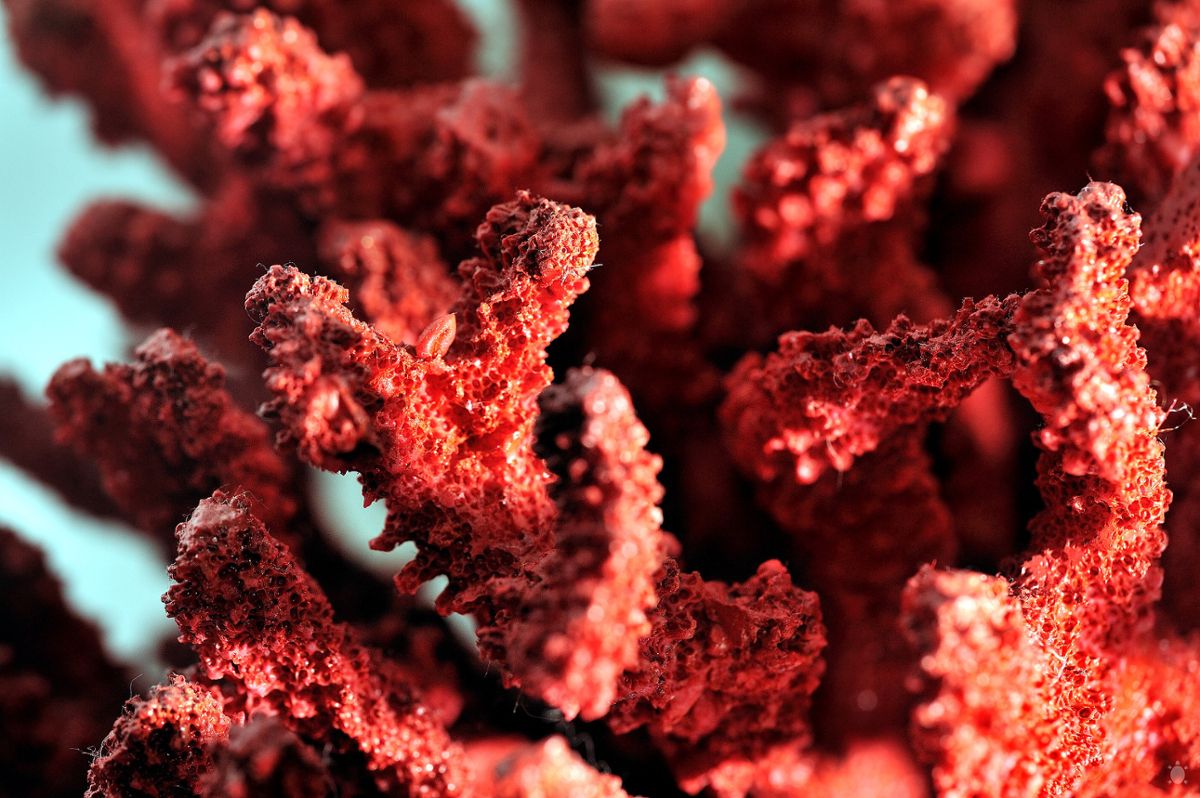D: You may have heard that some animals, such as giant tortoises, can live a long time … like up to 200 years.
Y: But that’s nothing compared to some creatures that live in the deep ocean. For example, Mediterranean red coral can live up to 500 years!
D: And some sponges can live for thousands of years. One sponge has been estimated to have lived for around 11,000 years!
Y: How can these animals live so long? It has to do in part with the fact that they live deep beneath the ocean’s surface. Living down in the deep protects corals, sponges, and other creatures from temperature change and harsh storms that can and often do kill animals that live in shallower waters. And so, they’ve evolved to have longer life spans, because they’re in less danger of being killed by a chance event.
D: It also helps that corals and sponges and the like are clonal, meaning that they form a colony of genetically identical units. As some parts die off, new parts are created. So, the organism is continuously renewed. Plus, it’s pretty cold in the deep ocean, and there’s not much food. So, the animals there tend to grow slowly, which correlates with longer life spans.
Y: But, these long living creatures aren’t invulnerable. Scientists have found that climate change affects deep ocean ecosystems, including corals and sponges.
D: Pollution also puts these creatures at risk. For example, nets left behind by fishing boats can harm corals. And because they grow and reproduce slowly, damage from pollution and climate change can be very hard to overcome.









